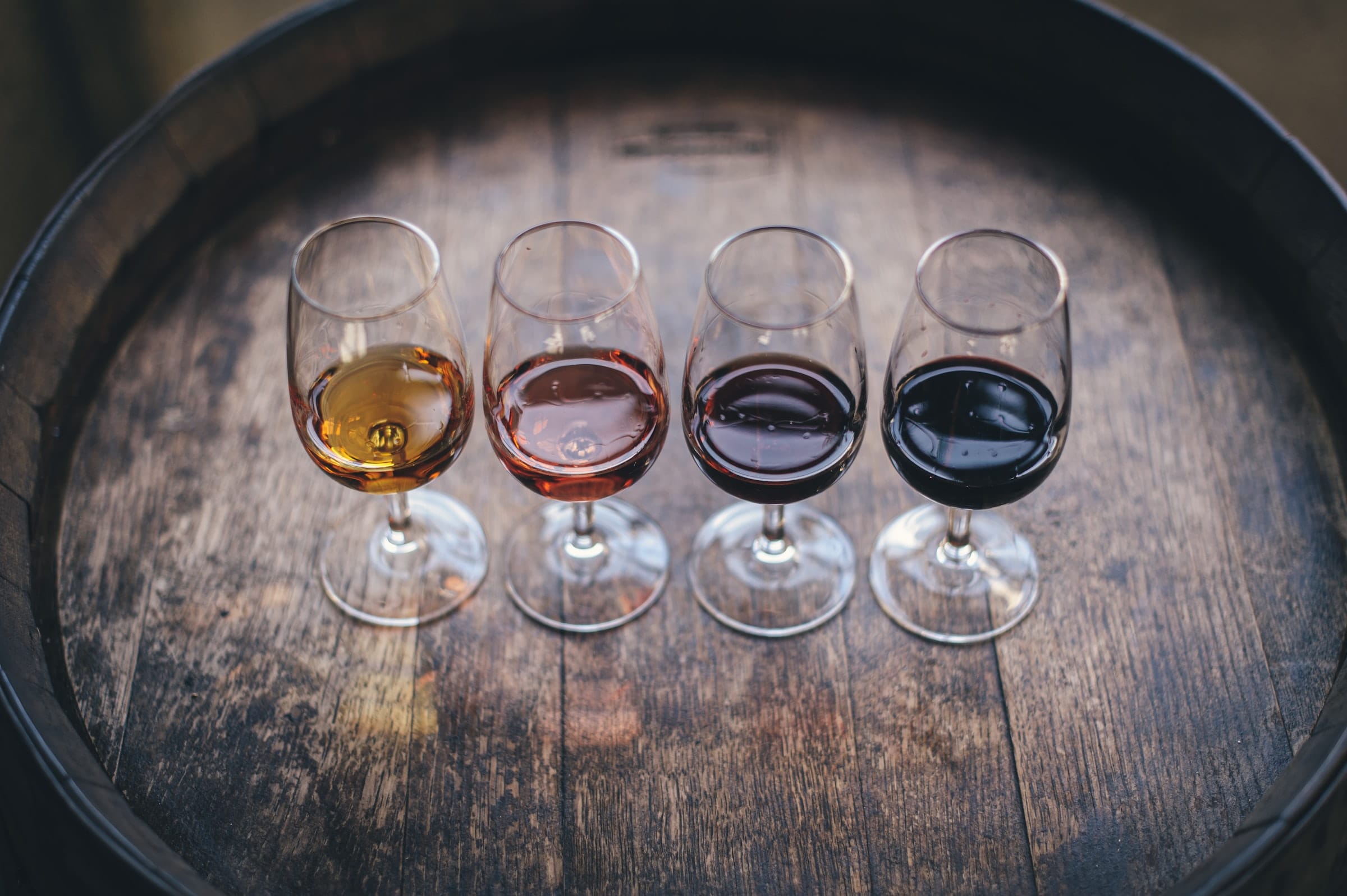A glass of wine is inevitably accompanied by a meal or something small to eat. But do you know what food goes with red, white or rosé? Champagne, Bordeaux and Burgundy are all renowned wine regions that offer the best wines. Learn how to combine them correctly and enjoy their perfect flavours.
Navigating the wide range of different wines is truly a science. Although most people divide wine into dry or semi-dry, sweet or semi-sweet, the range of flavours, colours and aromas is truly vast. If you're not an expert but want to know the basic rules of wine and food pairing, this overview is for you.

Sweet dishes
It follows from the above that sweet food or desserts are matched with sweet wine. If you prefer sweeter flavours, feel free to choose a wine even sweeter than the food in question. If you want to lighten the dessert, go for a white wine with higher acidity. For chocolate desserts, you can serve a dry Merlot from Bordeaux, while delicate Madeleines go well with a bubbly Champagne.

Heavier flavours and wines
A more acidic red wine with a heavier structure is suitable for beef, fried foods or seafood. The same goes for game dishes - it is the strong red wine that brings out their unmistakable flavour.
The tannins, which are found in higher quantities in red wine, aid digestion, which is why this wine is suitable for heavier meals.
Don't forget that flavourful dishes call for a wine with higher acidity. If you pour Cabernet Sauvignon with meaty dishes, you definitely won't go wrong.
Cheese, seafood or white meat
On the other hand, you should choose a lighter white wine or a rosé wine to accompany salty cheeses, poultry or fish. A well-chilled rosé from Provence is perfect with cheese plates, olives or seafood dishes.
Chardonnay from the Burgundy region or Pinot Blanc, which also comes from this renowned wine region, are also great with lighter meals. For salads, pour a lighter Sauvignon rosé.
